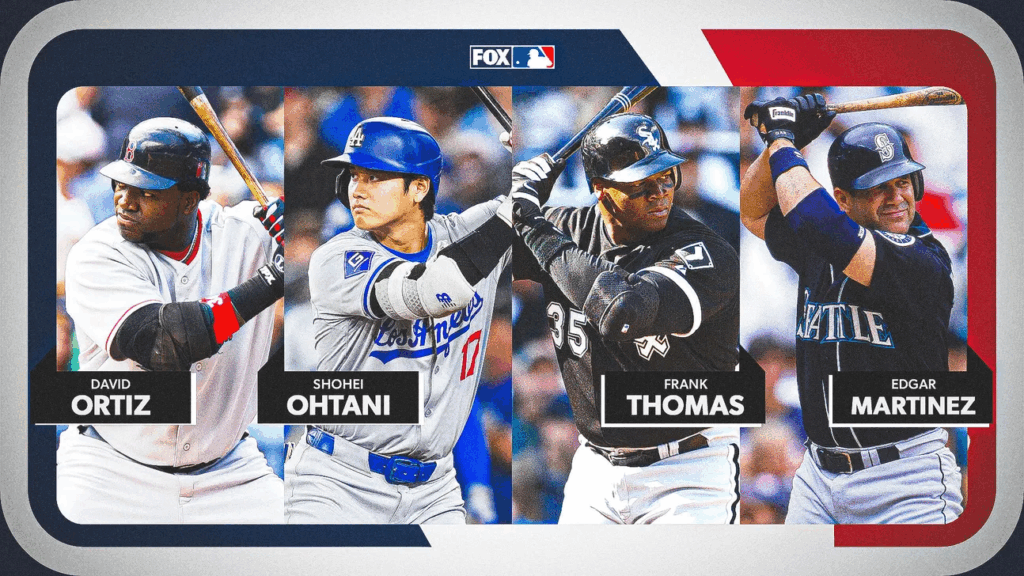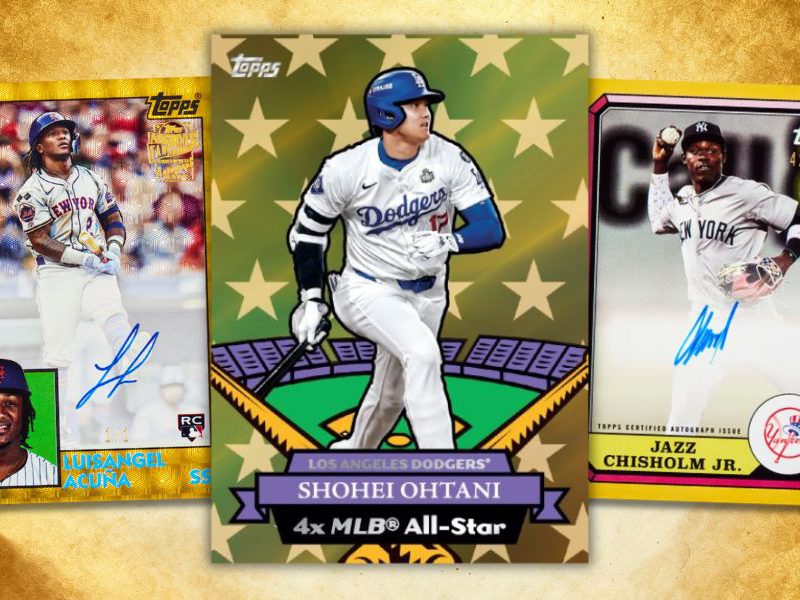Few rule changes in baseball history have stirred as much debate as the designated hitter. Loved by some for the offensive spark it brings and loathed by others for disrupting the purity of the pitcher’s role at the plate, the DH has a history as storied as the game itself.
The Origins: A Solution to Slumping Offense
The concept of the designated hitter was born out of necessity. By the late 1960s, Major League Baseball was in a bit of an offensive drought. Pitchers dominated the game, and fans were growing restless with low-scoring affairs. In 1968, often called the “Year of the Pitcher,” batting averages were at historic lows—so much so that MLB decided to lower the pitching mound in 1969 to help hitters.
But offense didn’t rebound quickly enough for everyone’s liking. American League owners, always looking to differentiate their product and boost attendance, began exploring ways to spice up the game. The most radical idea? Let someone else bat for the pitcher.
The Big Debut: April 6, 1973
On April 6, 1973, the designated hitter officially made its debut in Major League Baseball. The honor of being the first DH went to Ron Blomberg of the New York Yankees, who walked in his first plate appearance. Though it was an unremarkable debut statistically, it marked the beginning of a major transformation in the game.

The American League adopted the DH rule in full, while the National League declined, setting up decades of strategic and stylistic contrast between the two leagues. AL teams could now carry aging sluggers who no longer fielded well but could still crush the ball. NL managers, meanwhile, continued to strategize around pitchers hitting and double switches.
Evolution and Impact
Over the years, the DH became a staple of American League baseball. It gave longevity to players like Edgar Martínez, Frank Thomas, and David Ortiz—hitters who built Hall of Fame careers largely thanks to the rule. It also shifted roster construction, with teams now seeking out players who might not be well-rounded but could still offer significant offensive upside.

The National League’s resistance to the DH was long-standing and often rooted in tradition. Critics argued that the DH removed an element of strategy and diminished the purity of the sport. Proponents, however, claimed that watching pitchers hit—often ineffectively—was a waste of time and entertainment value.
The Pandemic Pivot: 2020 and Beyond
In 2020, the COVID-19 pandemic prompted MLB to implement temporary rule changes for the shortened season, one of which was the adoption of the DH in the National League. For the first time in MLB history, both leagues played under the same rules. Fans got a glimpse of what a unified rulebook might look like—and many liked what they saw.
After reverting in 2021, MLB made it official in 2022: the universal DH was here to stay. The National League adopted the designated hitter permanently, ending a nearly 50-year split between the leagues.
Today’s DH: A Fixture, Not a Fluke
Today, the DH is a key part of roster strategy in all of MLB. While purists may still grumble, the rule has become an accepted part of the game. It allows for greater offensive production, more flexibility in managing players’ health, and longer careers for big bats.
As the game continues to evolve—through pitch clocks, shift bans, and automated strike zones—the DH stands as a reminder that even baseball, the most tradition-bound of sports, can adapt when the time is right.





